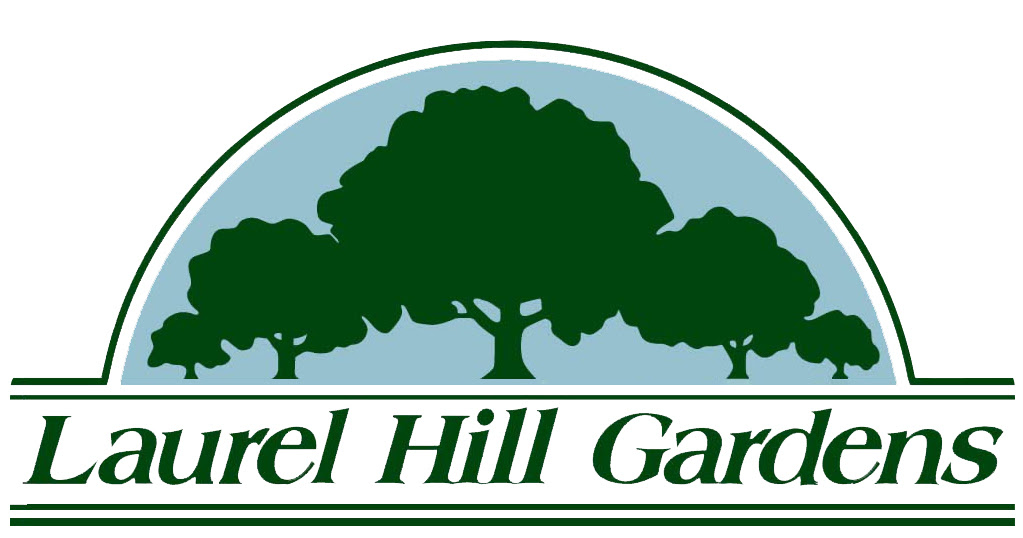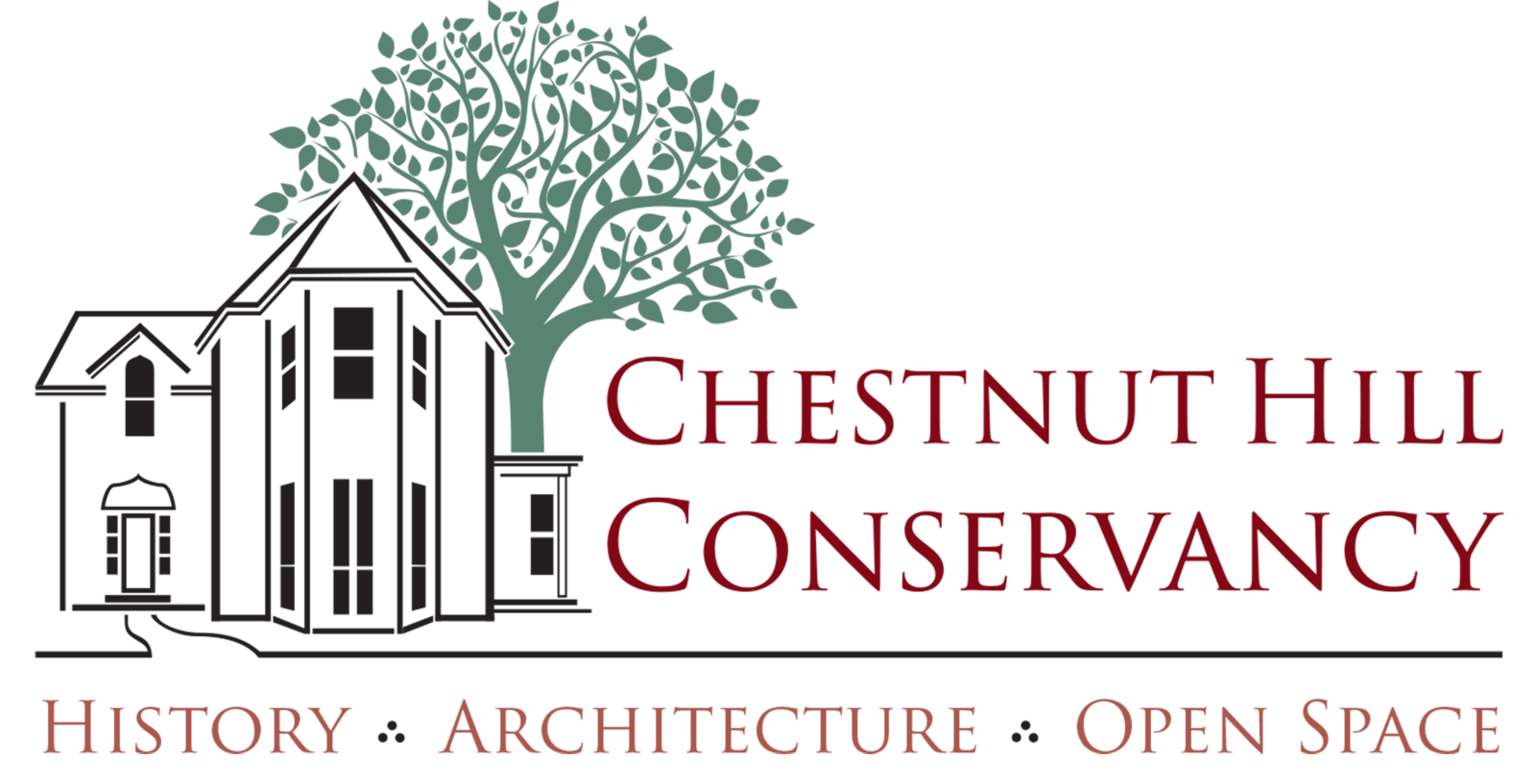 |
|---|
Bloom Where You Are Planted
|
|---|
|
|
|---|
June 19-25 was Pollinator WeekMany types of plants, including fruit and vegetable crops, depend on insects for pollination. Planting native plants is one way to encourage pollinators. Native plants are better prepared for local environmental conditions. They require less water than non-natives, support pollinators, and don’t depend on fertilizer to succeed.  By using native plant species, you can help to maintain the native biodiversity of Pennsylvania. Follow below for a few tips on how you can provide pollinator habitat.
|
|---|
|
|
|---|
DEP Declares Statewide DroughtThe Pennsylvania Department of Environmental Protection (DEP) recommends voluntary water conservation after declaring a statewide drought last week. “Although this week has brought some welcome rain to much of the state, it’s not enough to make up for the lack of rainfall this spring, following a winter that brought little snowfall in many areas,” said DEP Acting Secretary Rich Negrin. “As a result, we’re seeing lowered stream flows, dropping groundwater levels, and persistent precipitation deficits. Water conservation, always a good practice, is especially helpful now as it’ll lessen potential future impacts on water supplies if rainfall continues to be scant this summer.”
|
|---|
|
|
|---|
Conservancy Honors Conservationist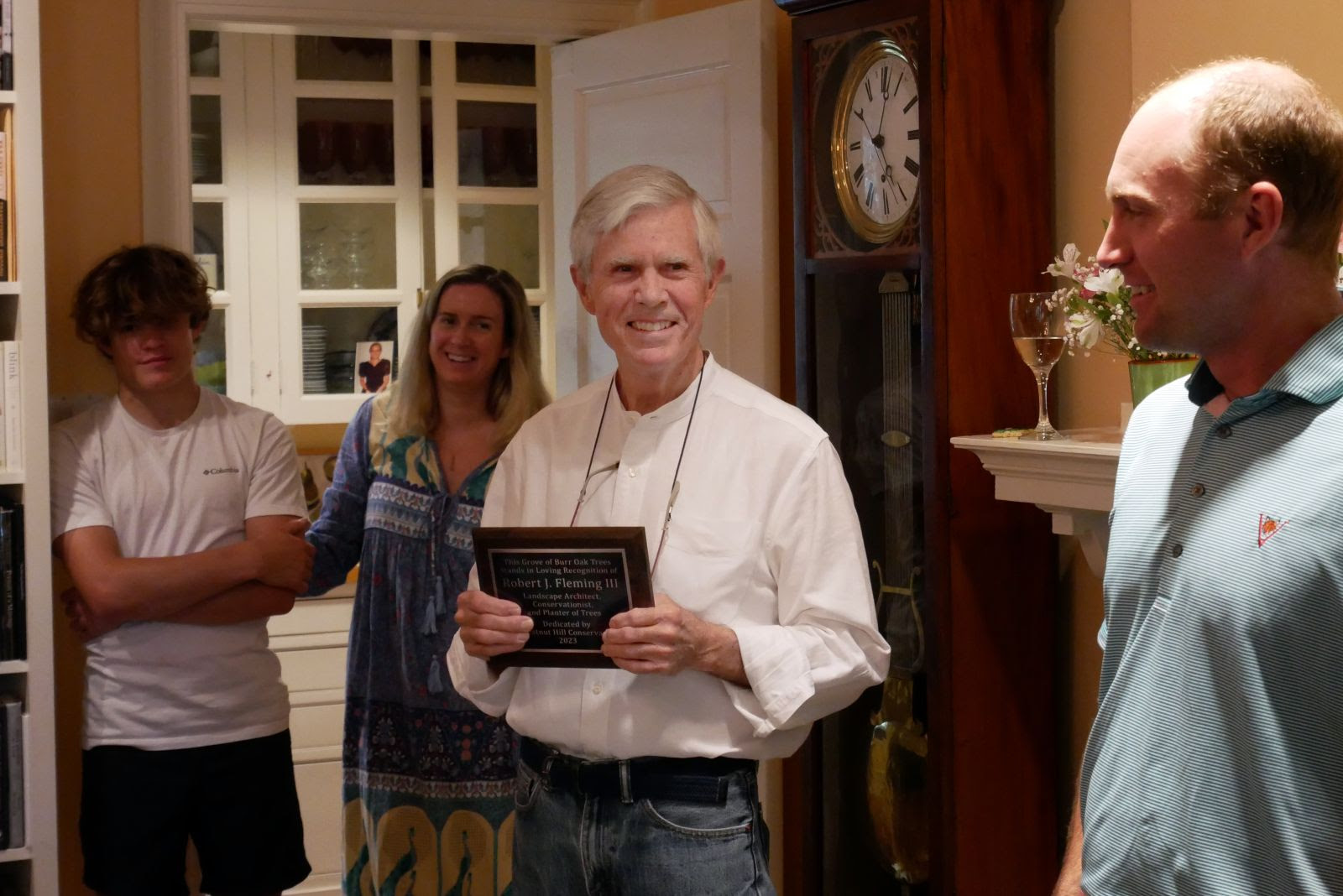 The Chestnut Hill Conservancy planted a new grove of Bur Oaks in Pastorius Park to honor Robert (Rob) Fleming, landscape architect, educator, and sustainability advocate. The Chestnut Hill Conservancy planted a new grove of Bur Oaks in Pastorius Park to honor Robert (Rob) Fleming, landscape architect, educator, and sustainability advocate.With a history of greening areas of Chestnut Hill, including Germantown Avenue in the 1980s, Rob most recently helped to lead significant tree planting efforts in Pastorius Park. Rob and Paul W. Meyer helped to guide Friends of Pastorius Park as they took many initiatives to rejuvenate the park true to Frederick Peck’s original design.
Included in attendance was botanical artist Emilie Lapham. Emilie created the “Oak Gardeners,” inspired by Rob Fleming’s volunteer work days at Pastorius Park (pictured above). To read the full article, click here. |
|---|
|
|
|---|
Support Our Work
Membership allows the Conservancy to conduct public programs, lead conversations on sustainable development, and will enable us to prepare for the next environmental threat. Members can access our collection, spend time with our knowledgeable Archivists, and receive free or discounted program admissions. |
|---|
|
|---|
|
|
|---|
News and EventsEnjoy the recent news and upcoming events through the end of the month. News
Events
|
|---|
|
|
|---|
2023 LEAD SPONSOR |
|---|
|
|
|---|
2023 GENERAL SPONSORS
|
|---|
 |
 |
 |
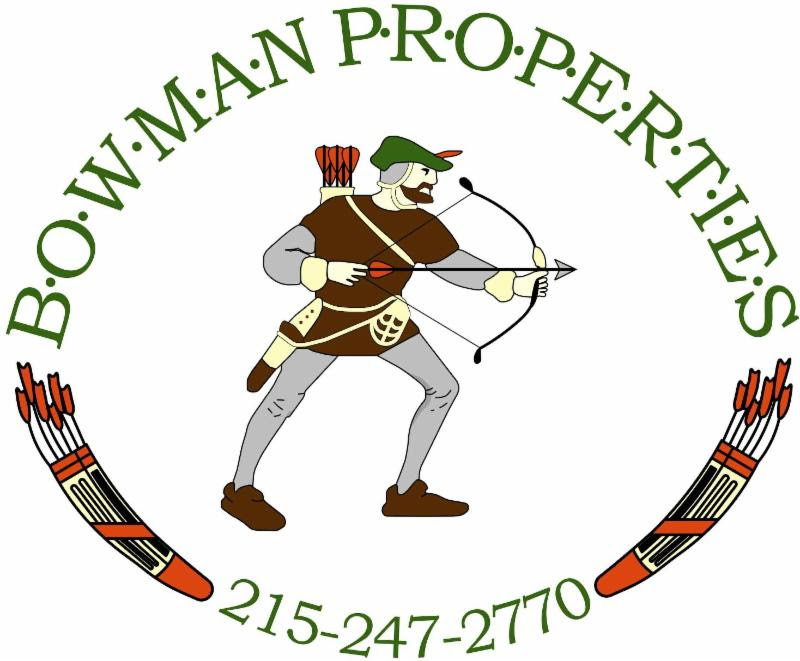 |
  |
 |
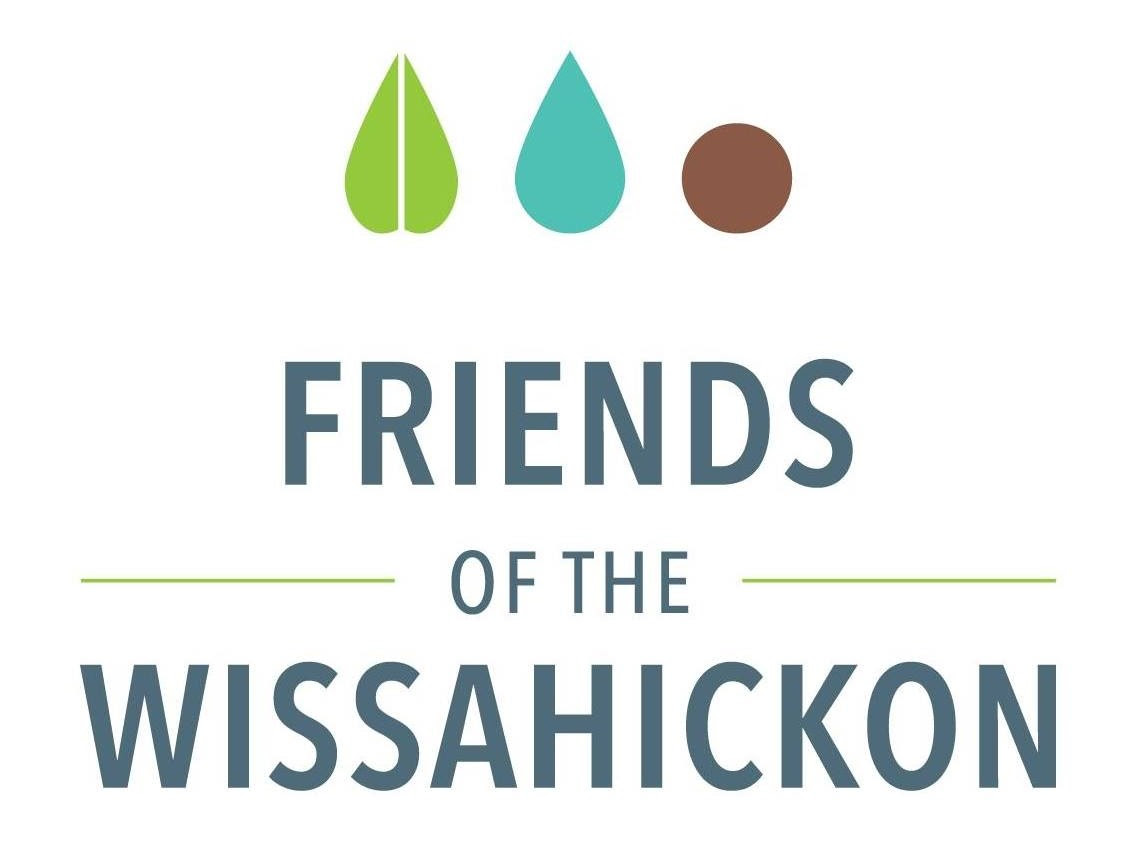 |
 |
|
|
|---|
2023 Bloom Where You Are Planted Presenting Sponsors
|
|---|
Interested in sponsoring the Conservancy in 2023? Learn more about our opportunities by contacting Danielle Saldutti, our Development Manager, to discuss your opportunities.
|
|---|

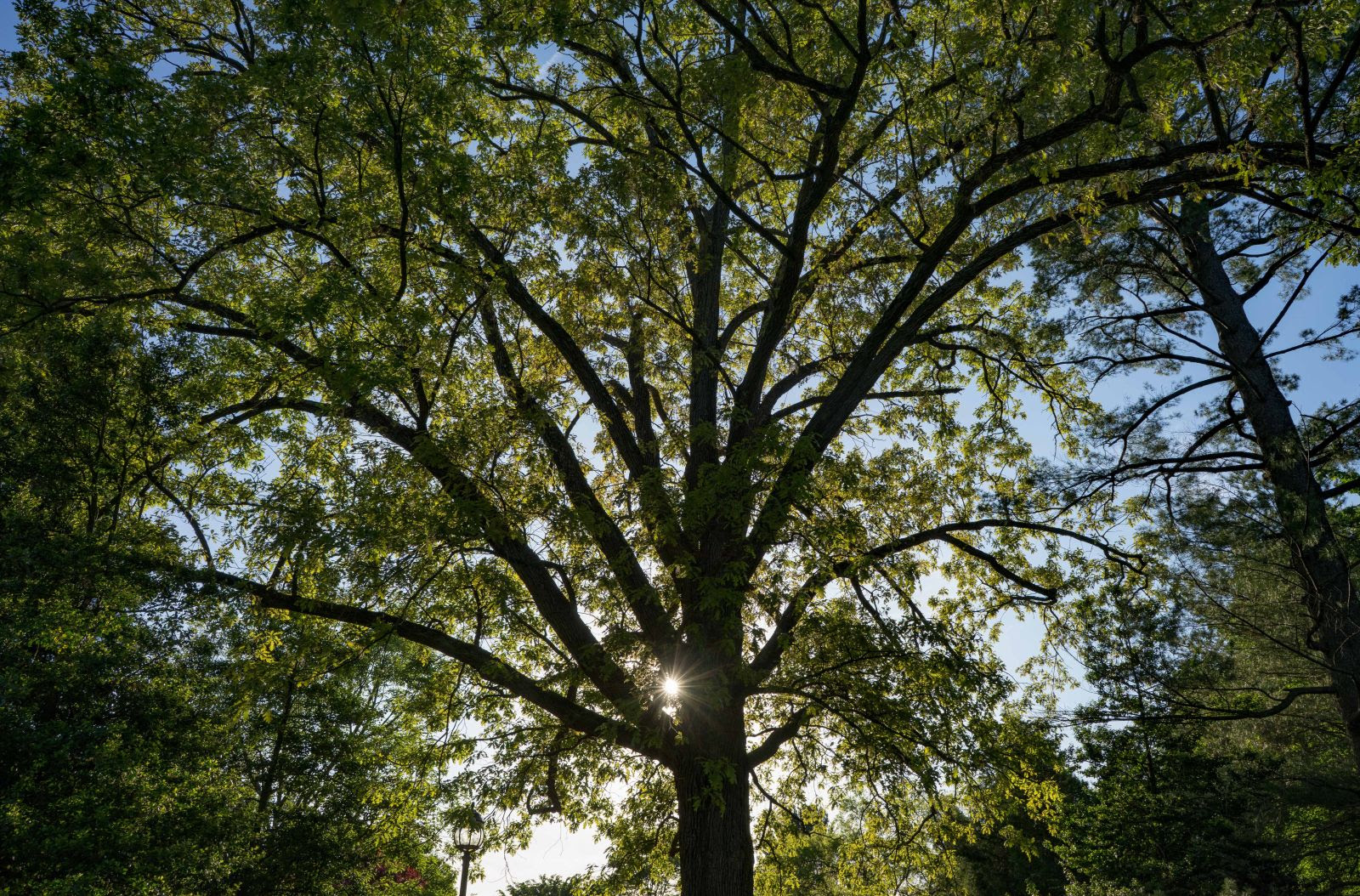

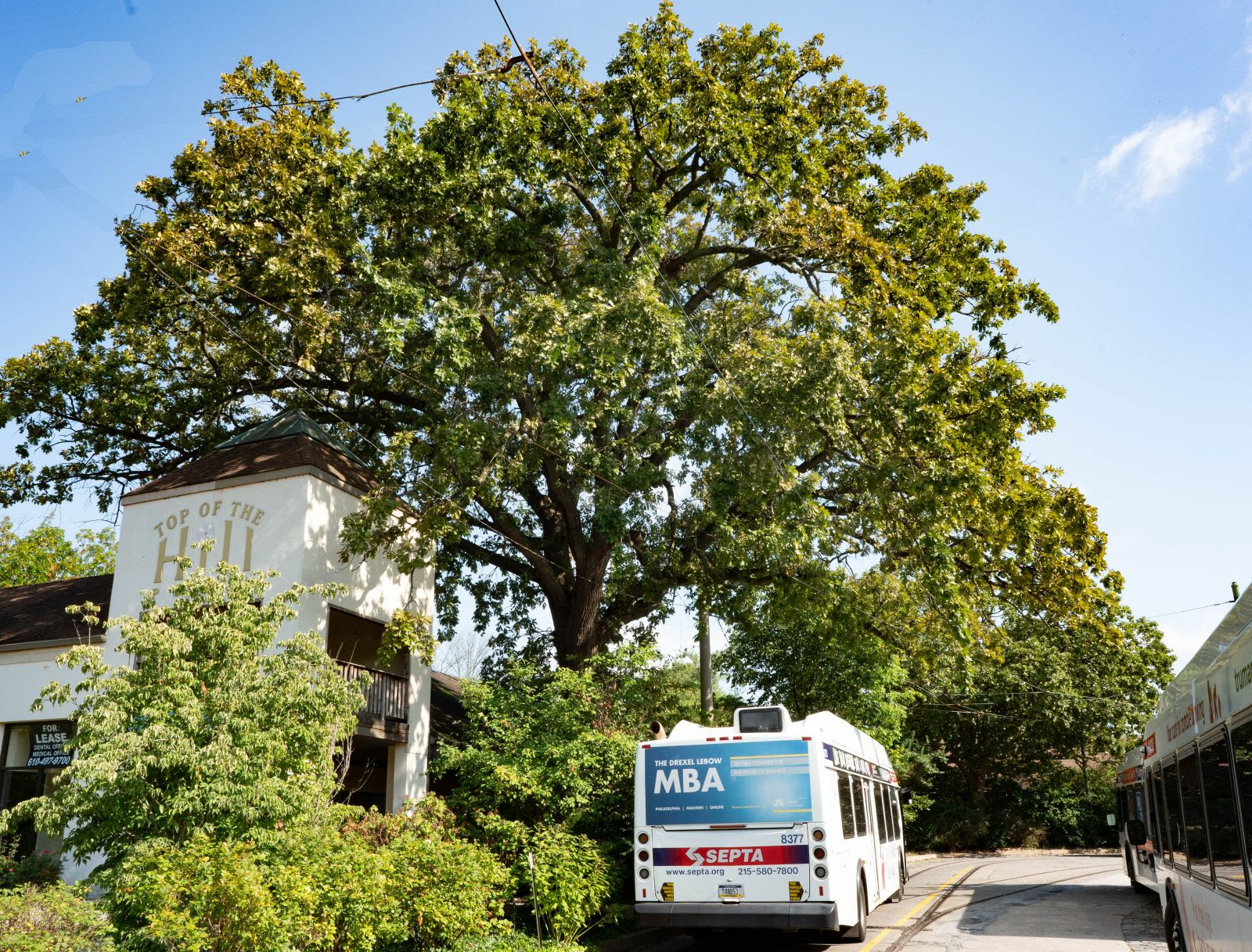
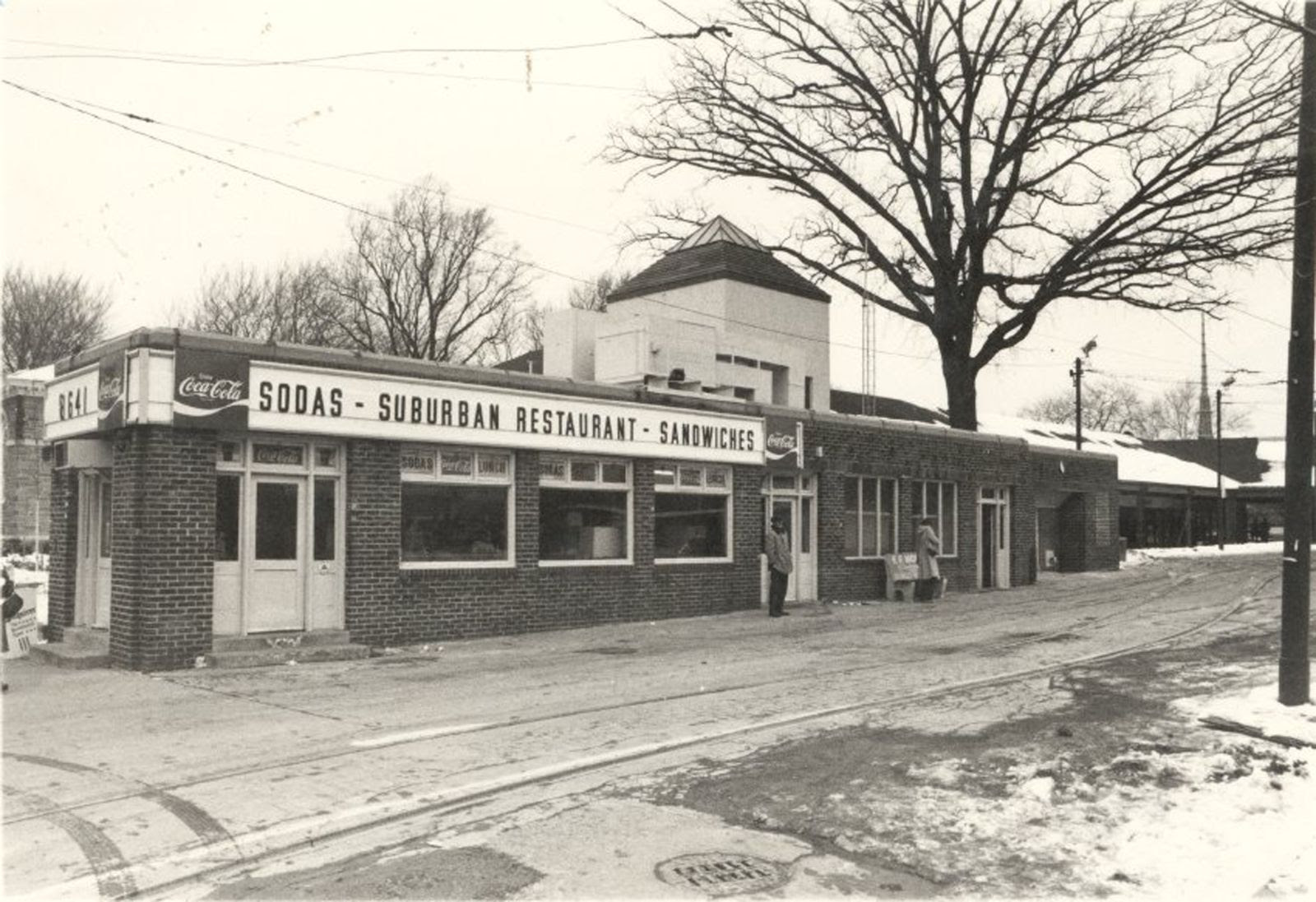

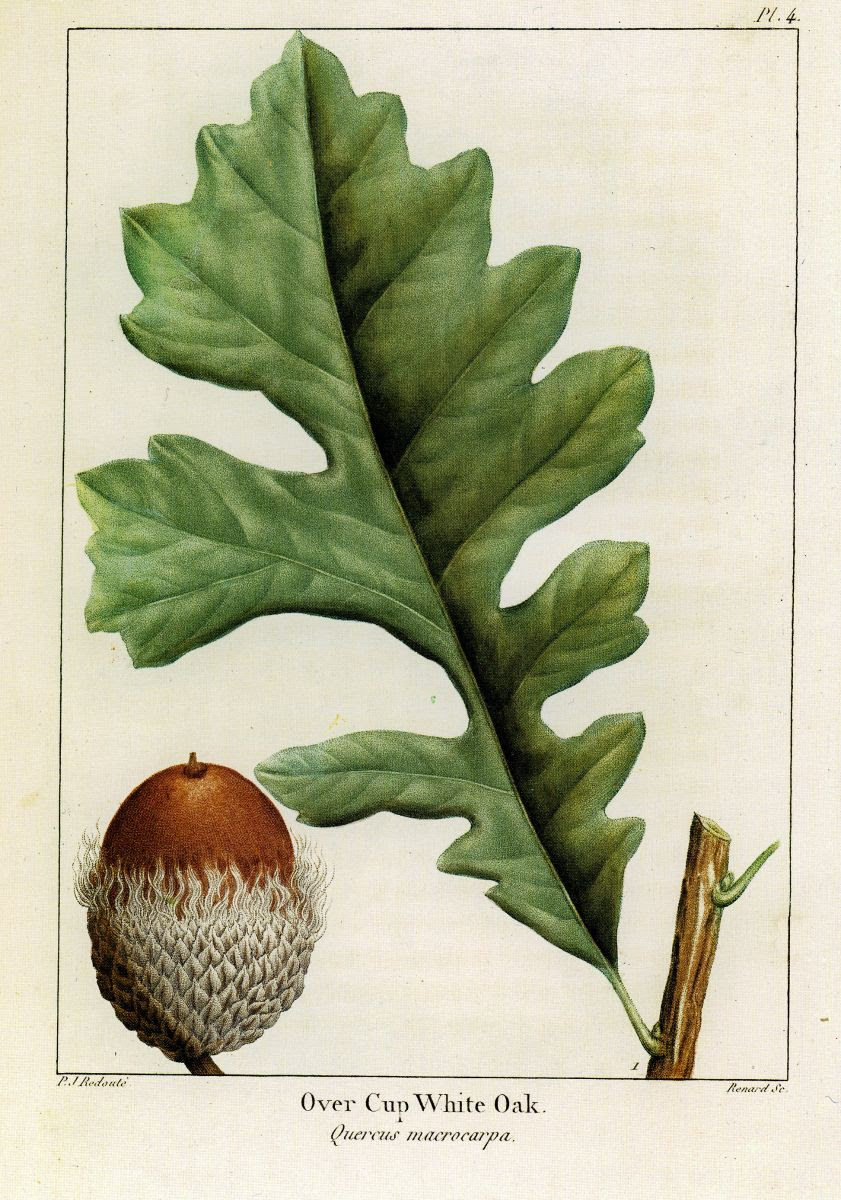



-04-04-04.png)
